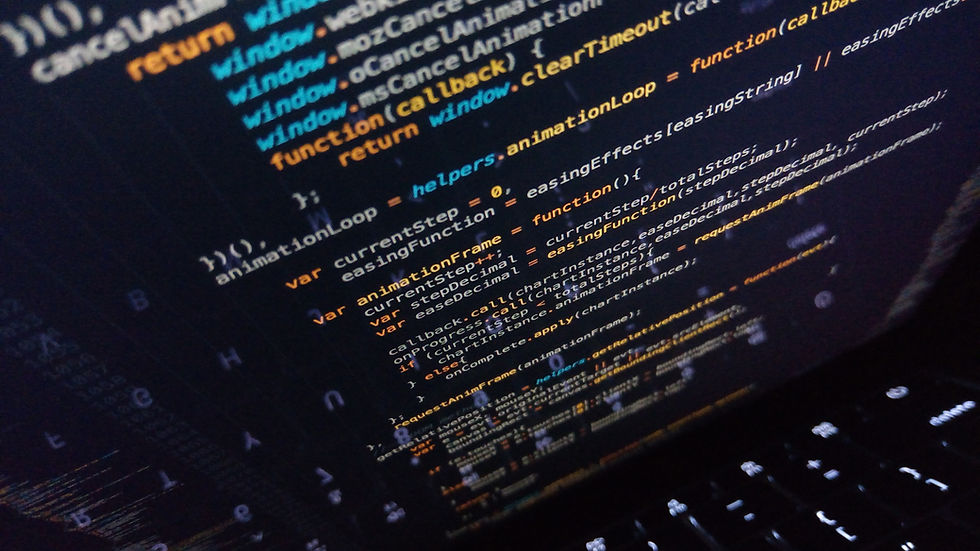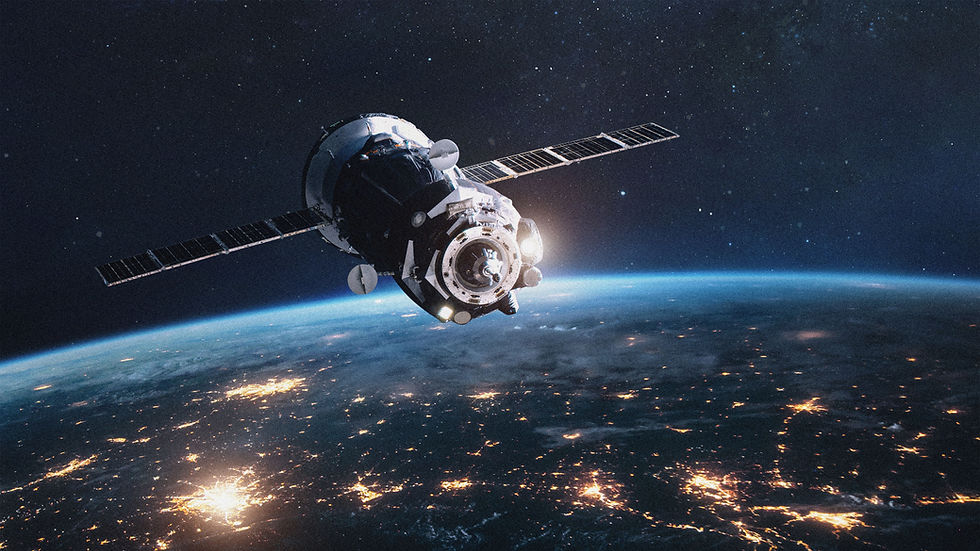The History of Computer Programming and Aerospace–And Their Current Vitality
- Amanda Grodman

- Nov 9, 2022
- 3 min read
Updated: Jun 2, 2023
Computer programming and aeronautical industries are frequently grouped in the large STEM umbrella, but aren’t always associated with each other in contemporary projects. Despite this lack of assumed correlation, the major projects that we equate with earth-shattering aerospace discoveries and strides, from Apollo 11 to the more recent Artemis 1 rocket, have been greatly powered by intricate codes while also being complemented with engineering and design management. Ultimately, the future of space exploration is embedded in intricate coding scripts and developing frameworks, and communication between planets is vital whether it be between humans or AI. Yet, what does the conjoined history of coding and space look like, and how does this correlate to the current need for computer programmers? The answer may be pleasantly surprising for young coders who reach for the stars.

We regard computers in a modern and mobile sense, typically in reference to Mac, Windows, and Chromebook machines. The first ideas of computers were mainly associated with mathematical calculations that were anything from portable, however, from the first computer code by Ada Lovelace to Herman Hollerith’s U.S. Census-calculating machine. Such codes were truly revolutionary and exemplified the purpose of computer programming even during preliminary stages: to make tasks of any kind easier and time-efficient. The twentieth century truly brought about the most diverse of all programming changes, however, starting with the female pioneers of STEM and continuing into the Cold War (visit the link to see a previous blog on how several women were instrumental to war effort flights!), to where coding was then implemented into aeronautical flight-controlling methods. Bulky computers that outlined each step and movement throughout early space missions soon became more efficient, as larger payloads were unfit for such missions and therefore propelled new inventions to be made. Computer programming was once seen as a mundane task, but has since developed into a more prevalent occupation with the birth of Silicon Valley-based tech companies. In addition, programming has become more functional and less-manual with the birth of Python and similar languages, especially in dictating rocket and rover behavior.

With these seemingly distant developments in computer programming and aerospace, recent strides that intersect both fields show the great potential of space missions because of digital advancements. In 2020, despite global events that hindered other scientific strides, NASA’s Jet Propulsion Laboratory (JPL) launched the Ingenuity helicopter that landed on Mars in the following year. Ingenuity’s main purpose was to prove if extraterrestrial flight was possible–headlining an impressive 10-foot high flight with a turn upon landing. This may seem like a fairly ordinary feat, but the actual direction and implementation of pre-programmed instructions between planets display that Ingenuity was more than a flight test, and actually evidence of interplanetary communication abilities. Moreover, Ingenuity and similar projects have yielded abundant predictions orbiting future space colonization and methods of sustainability, with coding abilities enabling data to be sent at great distances (see: footage from Ingenuity). More recently, Ingenuity has halted test flights because of the pressing issue of planetary dust–but more flights may be seen in the future. For any young aspiring coders, this field is certainly a promising and demanding one. Interested in finding out more about current software applications in large-scale space corporations? We know just the programmer you’re looking for.

In this episode of “Let’s Go to Space: BLUESKY Learning,” Episode 82: Software in Space, we talk with NASA’s Jet Propulsion Lab flight software engineer Michael Starch on his personal experiences from software programming to working on the Ingenuity project. Mr. Starch shares his ten years of experience at JPL, inclusive of large missions, CubeSats, and especially teamwork-based programming, along with his recent conferencing experience. Additionally, he emphasizes the importance of trying new things, especially during schooling years, along with the intersection of space and computer programming. Mr. Starch’s concluding remarks certainly prove that there’s a place for everyone in aerospace–especially for those that want to have fun at work. Learn more about Michael Starch and the future of aeronautic software, or visit our other weekly podcasts to hear from other speakers, by clicking the link above. Also make sure to check out our website to learn more about becoming a member of the Aerospace and Innovation Academy, where you can join us in our quest to go to space.




Comments